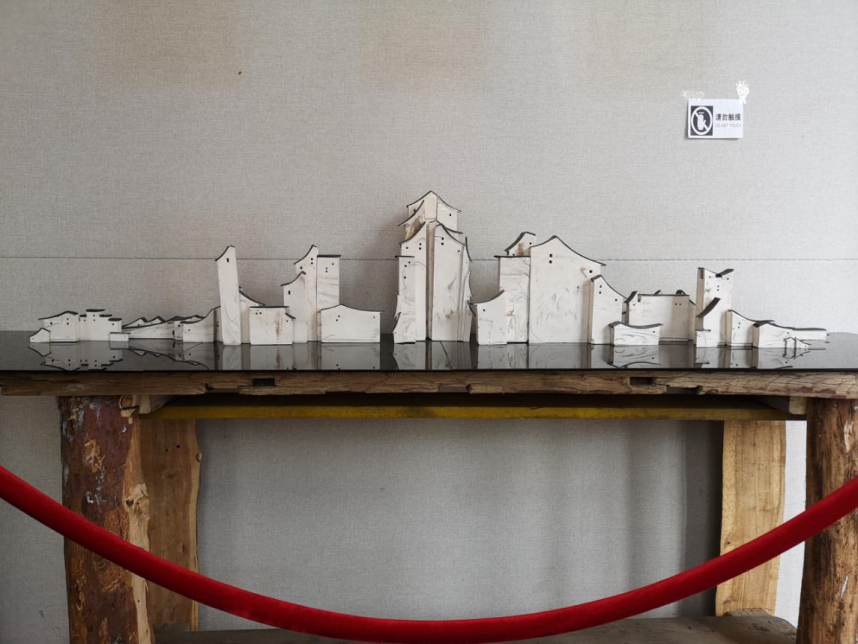
Unity of Heaven and Man, Harmony with Nature
——The Ceramic Work Hui Style Architecture
Hui Style Architecture is a work created by Chinese young ceramist Lin Zeqin in the 7th China Changchun International Ceramics Symposium in 2018.
The work is made of clay and measures 135.0 × 12.0 × 33.0 cm. The author uses realistic techniques to condense the original and antique Hui style architecture in the work. Its styling features are outstanding and the style is sprightly and free; the landscape texture on the wall and the reflection in the brown glass are exquisite. The work reveals the ancient Chinese philosophy of “unity of man and nature, and harmony with nature” by expressing a group of Anhui-style architecture, expressing the author’s respect to and inheritance of traditional culture.
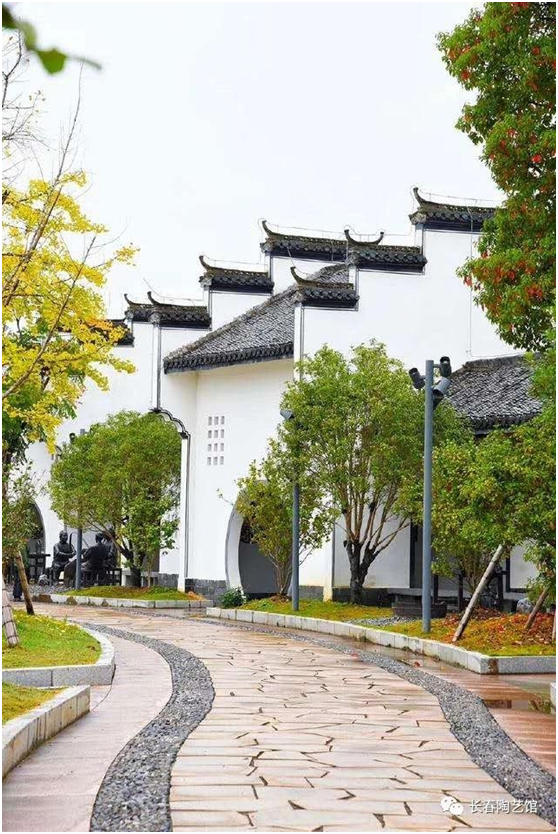
The Hui-style architecture is one of the six most representative buildings in the Chinese tradition (jing-style, jin-style, hui-style, su-style, min-style, and chuan-style). It is a residential building with a unique architectural style that is common in the south of China. In summary, the Hui-style architecture has three main characteristics (or three indispensable elements), namely: black tiles and white walls, wood carvings and Ma Tau Wall.
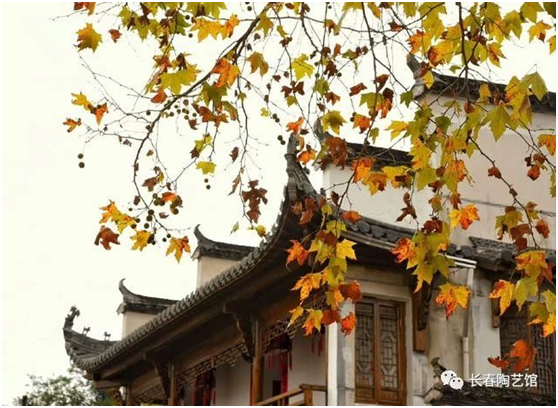
The black tiles and white walls are easy to understand: In the picturesque south of the Yangtze River, with green mountains and waters, houses in black and white are more natural and harmonious. In addition, black and white is also the basic color of Chinese Taoism (Tai Chi figure), representing heaven and earth, Yin and Yang, time and space, etc., with the mystery.
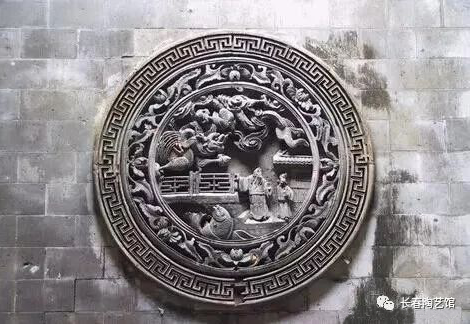
Wood carvings and stone carvings refer to carvings of “sages, men of virtue, loyal and brave men”, or flowers and birds and beasts on the building surface or materials, to express loyalty, filial piety, peace and harmony, etc.
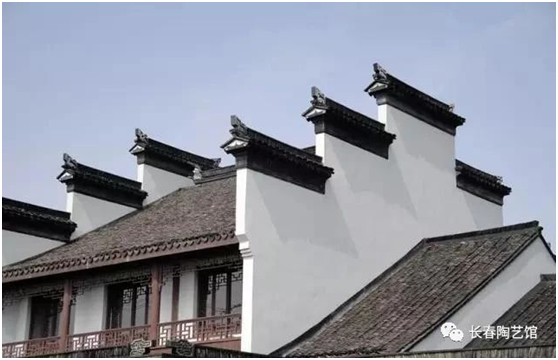
There are many opinions about the origin of the Ma Tau Wall and they can be summarized as below:
(1) As we all know, Hui merchants are good at doing business and most of them return home after getting fame or money. Their clans are large and emotionally bonded. In villages inhabited by clans, the density of residential buildings is high, which is not conducive to fire prevention. In the event of a fire, the high horse-headed wall (Ma Tau Wall) can play a role in fire protection. So the Ma Tau Wall is also called a firewall, which is the most important origin.
(2) Hui merchants are “businessmen favoring Confucianism”. They love making friends with government officials and scribes, and some of them have high intellectual abilities. Hui merchants are actually a trinity of officials, merchants and scholars. Therefore, a large number of bureaucrats came out of Hui merchants, and some became prominent in the imperial court. If you look at the Ma Tau Wall from the top, it is undulating and uneven, with an imposing momentum. The Ma Tau Wall also symbolizes high expectations of their children that Hui merchants have; they expected that the entire family will succeed and prosper.
(3) There is a story about the Ma Tau Wall: Most of the men in Huizhou were doing business outside Huizhou, leaving only their wives to serve their in-laws. Although Hui merchants left their homes when they were 13 or 4 years old, most of them have already settled in their families. The woman hopes that her husband will not forget his hometown and his wife. The Ma Tau Wall became a materialized symbol of the wives’ longing for the returning of their husbands.
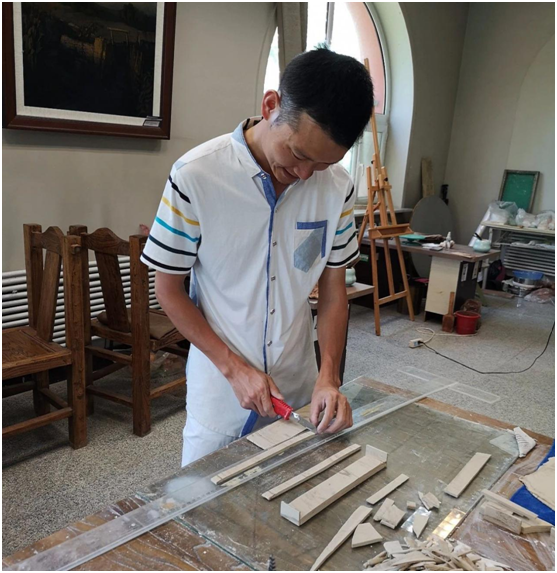
The author Lin Zeqin is currently a ceramics teacher at Fujian Normal University. His teacher is Professor Huang Huanyi, a famous ceramist. Lin Zeqin has a master’s degree. Most of his works are based on real life and have been collected by the China Ceramics Museum and many others.